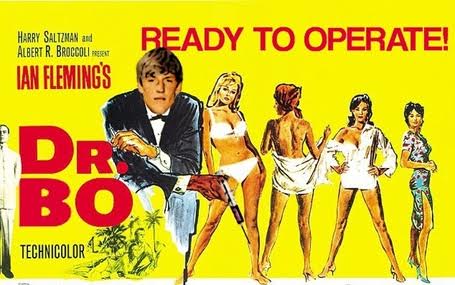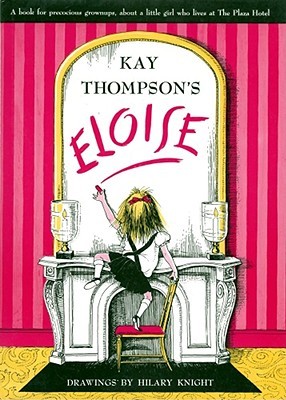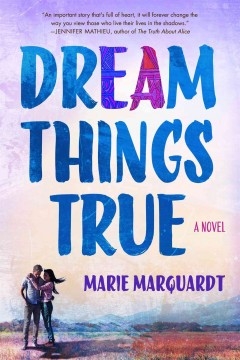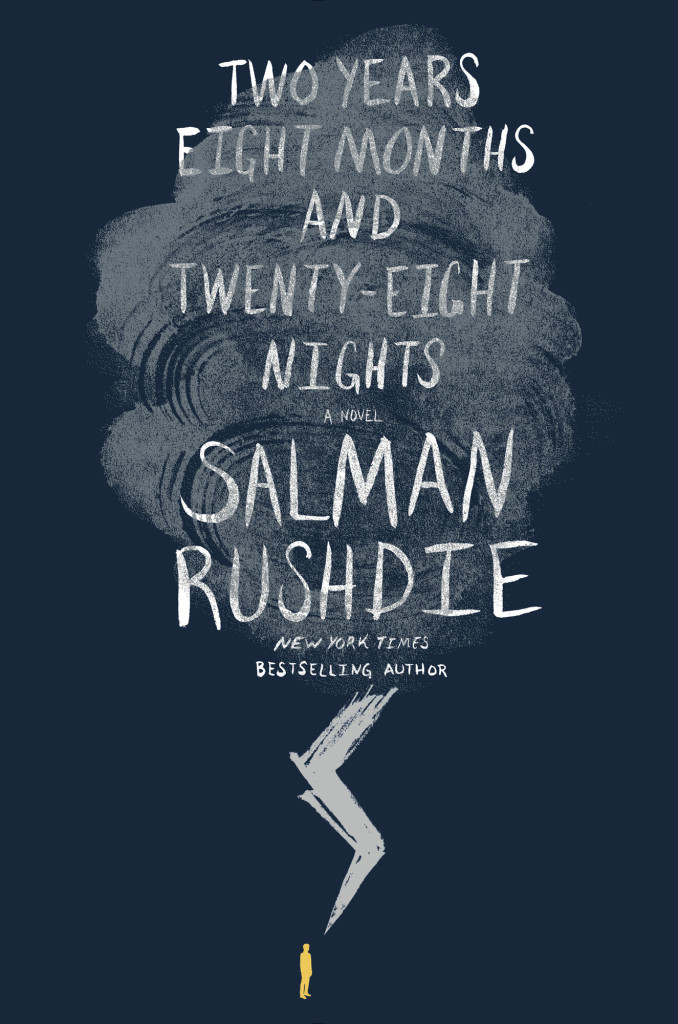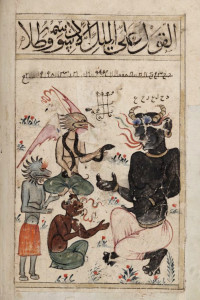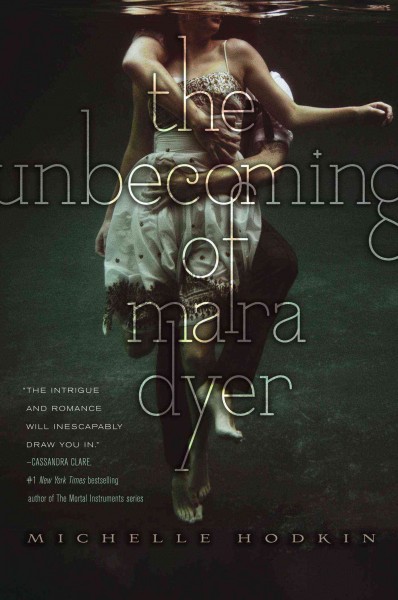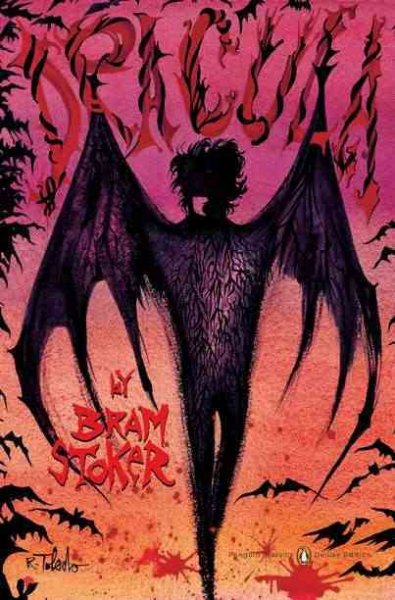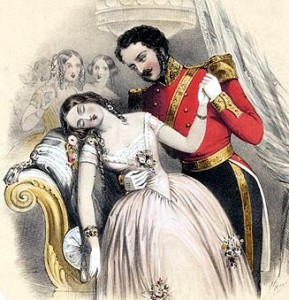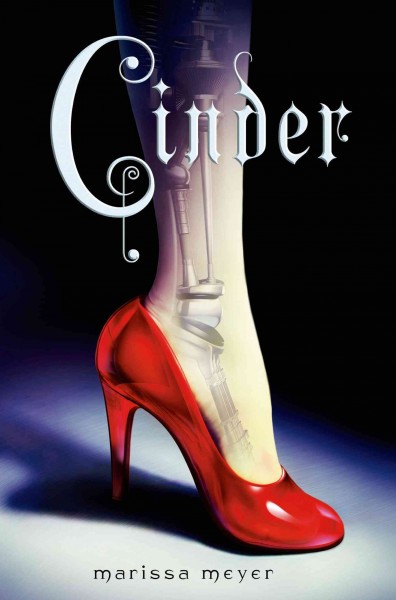 Cinder is an exciting sci fi/magical young adult novel, which is part of a larger series called The Lunar Chronicles. I read Cinder a few years ago when it first came out and I loved it. Ever since then,The Lunar Chronicles has continued to be one of my favorite series. I just recently finished Winter; the final book in the series. Cinder was definitely my favorite if I had to choose, but I loved them all. I listened to the first three (Cinder, Scarlet, and Cress) on audio and I have already gone back and re-listened to all three multiple times just this year.
Cinder is an exciting sci fi/magical young adult novel, which is part of a larger series called The Lunar Chronicles. I read Cinder a few years ago when it first came out and I loved it. Ever since then,The Lunar Chronicles has continued to be one of my favorite series. I just recently finished Winter; the final book in the series. Cinder was definitely my favorite if I had to choose, but I loved them all. I listened to the first three (Cinder, Scarlet, and Cress) on audio and I have already gone back and re-listened to all three multiple times just this year.
Cinder is a retelling of a classic fairy tale. You could say, “been there! Done that”! All I’ll say to that: give it a chance and you won’t be disappointed. This story is not a typical retelling. Meyer uses the framework of classic fairytales to build a unique and exciting new story in a fascinating world. In Cinder, she uses the bones of the Cinderella fairytale to build a foundation for a larger plot that sets up the rest of the series. Yes, there is a mean stepmother and two stepsisters, and of course, there is a prince. Would it be a fairy tale without one? Of course not! However, the story of Cinder is the beginning of so much more than just another Cinderella story.
So the basic gist of the plot is this: Cinder is a cyborg and the best mechanic around (No wonder! She has a computer in her head)! Her best friend is an android with a messed up personality chip. As a cyborg, Cinder has no more rights in her stepmother’s house than a pair of shoes. She has no memory of her life before the age of eleven (after her cyborg surgery). But Cinder is not the only one with struggles. All of Earth is dealing with a deadly illness that kills quickly and has no cure. On top of that tragedy, the alien colony on the moon (Luna) has been engaged in an intergalactic struggle with Earth for many decades.
Cinder is forced into the world of intergalactic conflict when Prince Kai asks her to fix his favorite android, and at the same time, her stepsister (Peony) catches Earth’s deadly illness. Cinder is thrown into a world of medical testing, evil mind-controlling queens, and interplanetary political relationships. In the midst of it all, she also has to deal with the inconvenient fact that she likes Prince Kai. Unfortunately, Prince Kai is in the middle of trying to arrange a peace treaty with Luna, without having to marry their Queen Levana. Cinder must discover truths about her past, and make the difficult choice between duty and the freedom she so desperately wants.
Cinder is strong willed, smart and loyal. I have thoroughly enjoyed watching her develop throughout the whole series. Meyer does a fantastic job of creating and managing a large cast of characters; each one is strong and independent, and she does not reuse character types. With each book, she ties in new, unique characters that seamlessly join together with those of the previous books. Ultimately, they all come together to tell a beautiful intricate story. This series is built on the bones of fairy tales, but at the end of the day, it can stand on its own two feet.
This month, the fourth installment in the Lunar Chronicles was released! Click here for a copy of Winter.

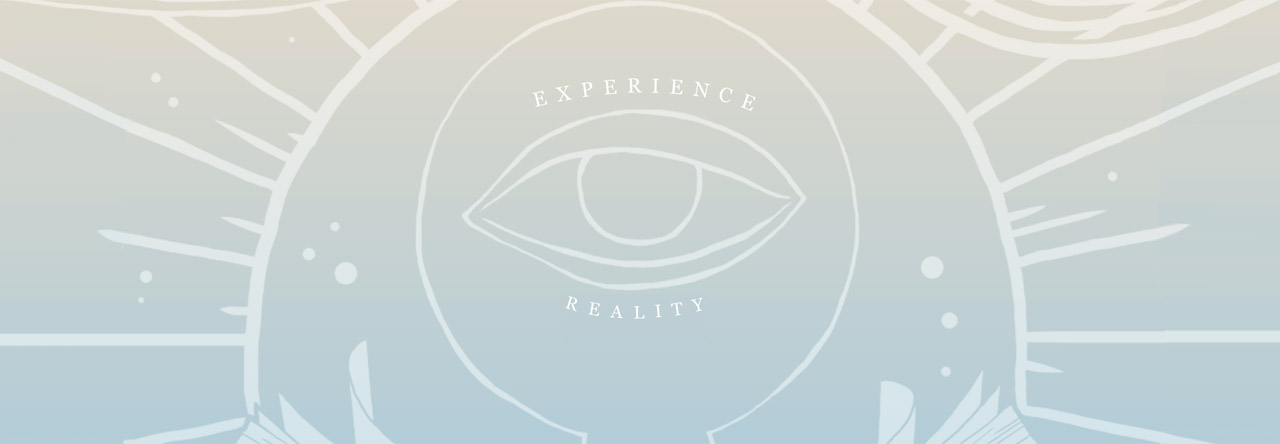



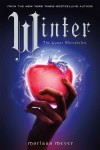
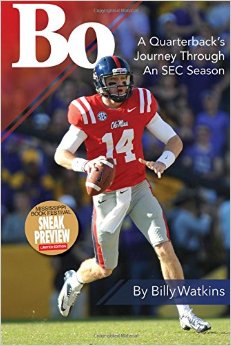 fully convinced, by the Ole Miss iconography on their respective covers. I think they’re both worth your time, but they do work on different levels.
fully convinced, by the Ole Miss iconography on their respective covers. I think they’re both worth your time, but they do work on different levels.